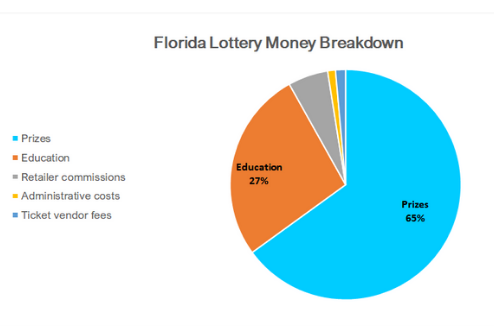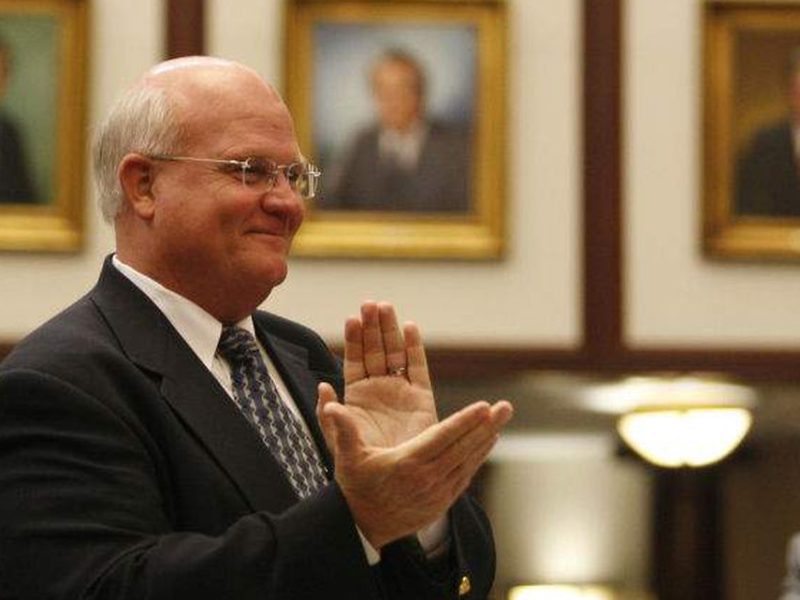Florida Wonders: Where does the Florida Lottery money go?
A sizable chunk of the funds go to public education. Here’s the breakdown.
Tampa Bay Times | by Gabrielle Calise | July 22, 2020
A lottery was approved by Florida voters in 1986 through a constitutional amendment that would set aside a portion of proceeds for public education. More than $37 billion has been generated for education in Florida since the first ticket was sold in 1988, wrote Lottery spokesperson Lizeth George in an email.
When the Florida Lottery first started, funds were broken down as follows: 50 percent prizes, 35 percent public schools, 5 percent retailer’s commission and 10 percent operating costs.
Currently, 65 percent of proceeds go to prizes. Then 26.9 percent are added to the state’s Educational Enhancement Trust Fund (taxes from slot machine revenue also are added to this fund). That leaves 5.6 percent for retailer commissions, 1.1 percent for administrative costs and 1.4 percent for ticket vendor fees.
How is the education fund used?
K-12 schools, state colleges and universities, and scholarship recipients all benefit from the Lottery money. The Florida Lottery transferred $1.86 billion to the Educational Enhancement Trust Fund in 2019, George said. In the first six months of 2020, the Florida Lottery transferred $1.08 billion.
Where does that money actually go?
Florida Bright Futures Scholarships, created by lawmakers in 1997, are completely funded by the Lottery. In the 2019-2020 school year, 28.5 percent of the money in the Educational Enhancement Trust Fund, or $595,143,167, went toward Bright Futures.
School districts receive about 43 percent of the fund. Money is parceled out for things like class size reduction and workforce education.
Pinellas County Schools, for example, received about $4.4 million from Lottery funds for the 2019-2020 school year, said spokesperson Isabel Mascareñas. About $4.3 million of that is marked for the School Recognition Funds, which can only be used for nonrecurring expenses like educational equipment, nonrecurring faculty and staff bonuses, and “temporary personnel to assist in maintaining or improving student performance.”
If there are funds remaining after school districts get School Recognition Funds, the leftovers are distributed to school districts as discretionary Lottery funds. Pinellas got $100,000 this school year to use at the discretion of the school advisory council.
The rest of the Educational Enhancement Trust Fund goes to state universities (18.4 percent) and other student financial need (3.1 percent).




